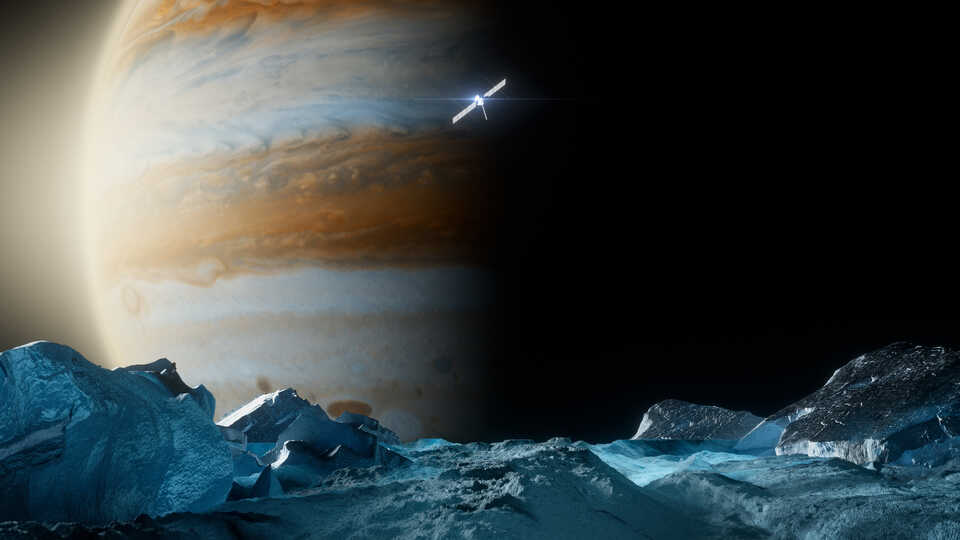
Last week, NASA’s highly anticipated Europa Clipper spacecraft began its journey to one of the most intriguing destinations in the solar system: Europa, an icy moon of Jupiter. Launched on October 12, 2024, from Kennedy Space Center aboard a Falcon Heavy rocket, Europa Clipper is set to unravel the mysteries of this frozen world, which scientists believe may harbor the conditions necessary for life.
Why Europa?
Europa, one of Jupiter’s largest moons, has captivated scientists for decades. Beneath its icy crust lies a vast, salty ocean—possibly containing twice the amount of water found on Earth. This hidden ocean, kept liquid by the gravitational forces exerted by Jupiter, makes Europa one of the prime candidates in the search for extraterrestrial life.
Since the 1990s, data from the Galileo spacecraft and the Hubble Space Telescope have hinted at this ocean’s existence and even suggested the possibility of water plumes erupting from Europa’s surface. These discoveries have fueled speculation that the ocean could provide a habitat for life, protected from Jupiter’s intense radiation by the moon’s icy shell.
Mission Objectives
The Europa Clipper mission aims to determine whether Europa’s subsurface ocean is capable of supporting life. Over the course of several years, the spacecraft will orbit Jupiter and conduct nearly 50 close flybys of Europa, coming as close as 25 kilometers (16 miles) above the moon’s surface.
Equipped with a suite of nine sophisticated instruments, Europa Clipper will:
Map Europa’s surface in unprecedented detail. By using powerful cameras and spectrometers, the mission will help identify the composition of the icy crust, including any chemicals that could be vital to life.
Investigate the thickness of the ice shell and the characteristics of the subsurface ocean. Radar instruments will peer through the ice to map the depth and structure of the ocean beneath, offering insights into its potential for habitability.
Analyze the atmosphere and search for water plumes. The spacecraft will study any water vapor or gases that may erupt from Europa’s surface, providing clues about the ocean’s composition.
Study Europa’s magnetic field and internal heat sources. Understanding how Europa generates and retains heat will shed light on the dynamics that could allow life to thrive deep within the moon.
A Pathway to Future Exploration
Europa Clipper is not designed to land or directly search for life; however, its findings will lay the groundwork for future missions that could attempt such bold objectives. The data it gathers will be essential in deciding where future landers might target for a more in-depth exploration.
The mission also complements the upcoming Jupiter Icy Moons Explorer (JUICE) mission from the European Space Agency (ESA), which is scheduled to arrive in the Jupiter system in 2031. Together, these missions will provide the most detailed picture of the gas giant’s icy moons, particularly Europa, and their potential to support life.
What’s Next?
Europa Clipper’s journey to the Jovian system will take about six years, with the spacecraft scheduled to arrive at Jupiter in 2030. Once there, the mission will spend several years conducting its flybys of Europa and sending invaluable data back to Earth. While it may be some time before we get answers to the most tantalizing questions about Europa, the mission’s success could reshape our understanding of habitability beyond Earth.
As we wait for the spacecraft to begin its scientific work, the launch of Europa Clipper represents a bold step forward in humanity’s search for life elsewhere in the universe. By unlocking the secrets of Europa’s hidden ocean, we may get closer than ever before to answering one of science’s biggest mysteries: Are we alone?

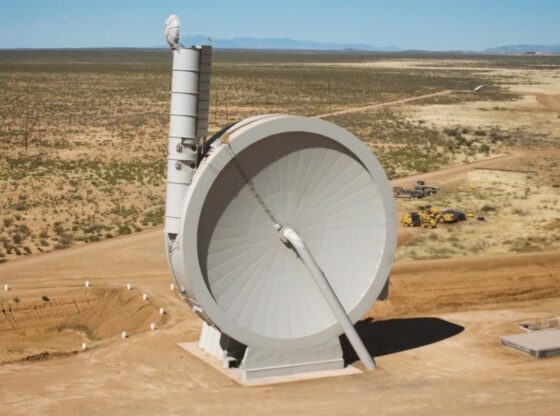
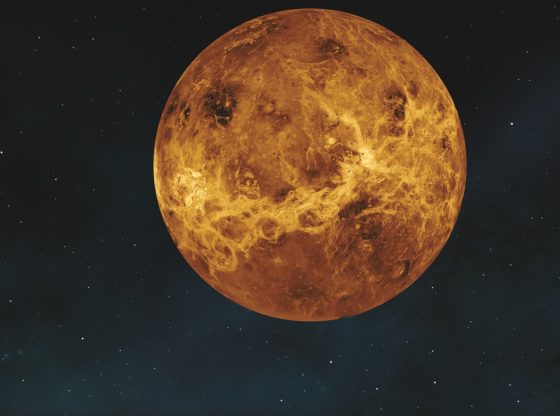
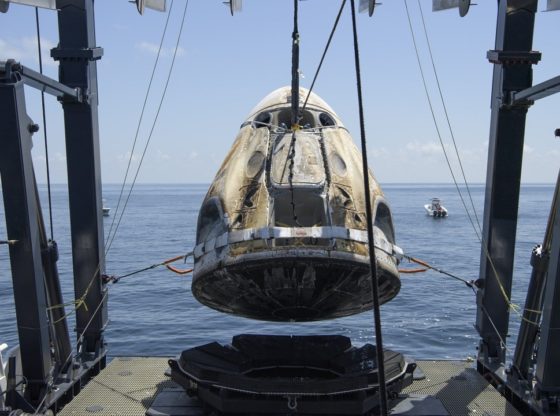
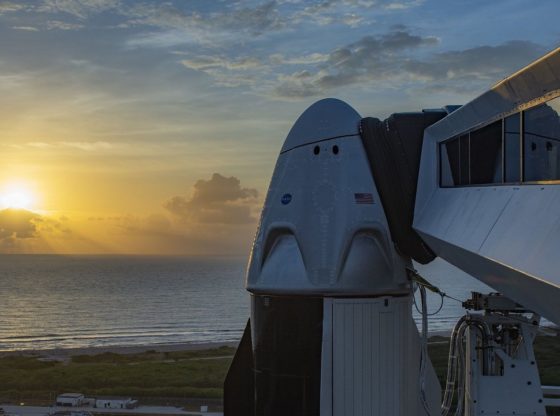
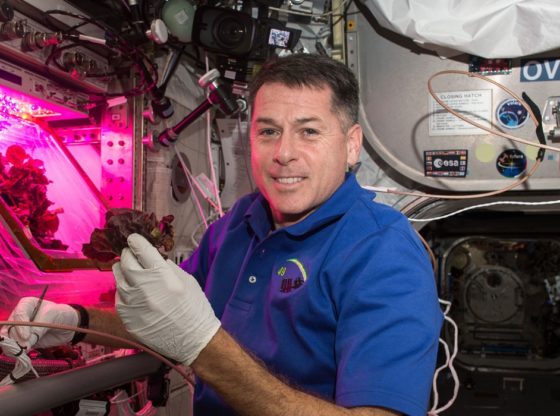

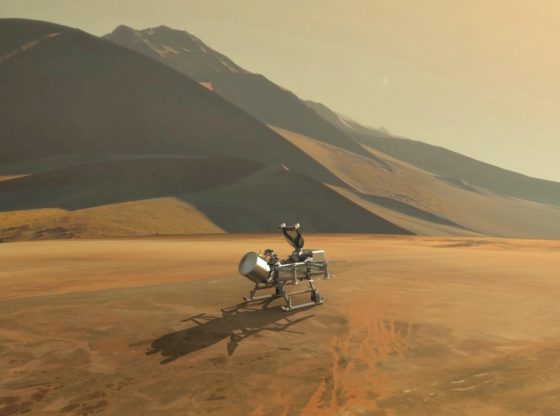
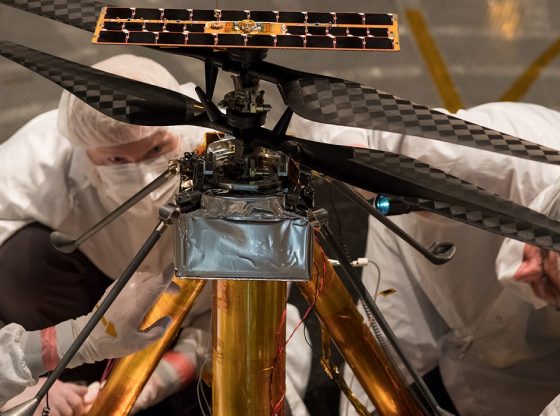
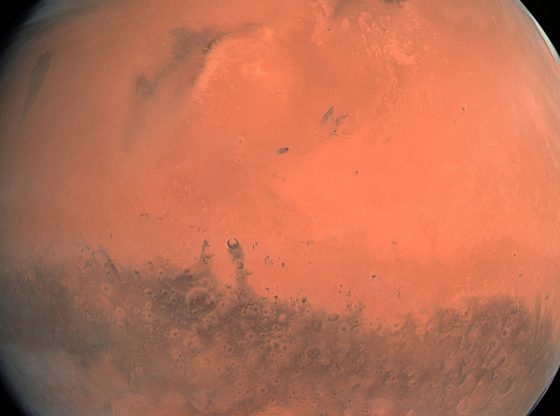
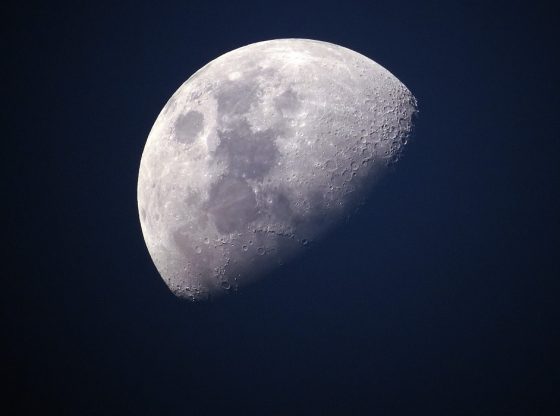
![OpenAI. (2025). ChatGPT [Large language model]. https://chatgpt.com](https://www.illustratedcuriosity.com/files/media/55136/b1b0b614-5b72-486c-901d-ff244549d67a-350x260.webp)
![OpenAI. (2025). ChatGPT [Large language model]. https://chatgpt.com](https://www.illustratedcuriosity.com/files/media/55124/79bc18fa-f616-4951-856f-cc724ad5d497-350x260.webp)
![OpenAI. (2025). ChatGPT [Large language model]. https://chatgpt.com](https://www.illustratedcuriosity.com/files/media/55099/2638a982-b4de-4913-8a1c-1479df352bf3-350x260.webp)








